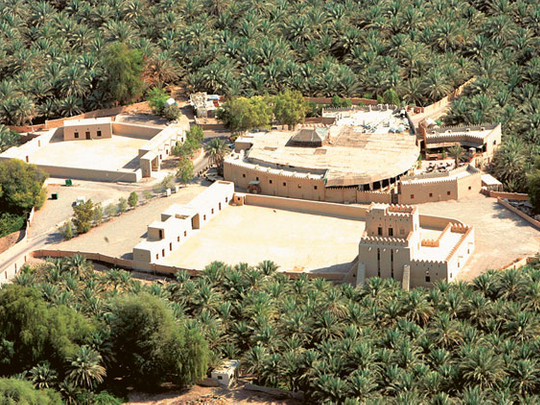
Al Ain: Satellite and aerial imagery besides normal photographs have helped experts unearth a trove of information relating to the date palm oases of Al Ain as they attempt to map the seven green spaces that are considered jewels of Arabian culture and traditions.
The data would be used to create topographical maps that could find diverse applications, including the future protection of the oases and the promotion of cultural tourism. The maps would also provide a detailed description of the palm trees, springs, and other geographical components inside and in the oases' surroundings.
Al Ain Municipality, which is spearheading the project, announced the successful collection of all the required data on Monday. The oases are located in Hili, Al Qattara, Al Mutaredh, Al Jimi, Al Muwaiji, Al Jahili, and Al Markazyyah (Town Centre) districts. Together they cover an area of 3,702,776 square metres with a cumulative tree population of 133,511.
Mohammad Hamad Al Aryani, executive director of Urban Planning and Municipal Lands at Al Ain Municipality, said the project would facilitate the creation of an accurate database on the limits, territories, and population aspects in each of the oases. Experts would be able to get precise information on the density of the oases, water requirements, besides geographical, cultural and natural factors that would be critical for any future planning and development, he added.
He said people working on the project had collected aerial photographs and satellite images of the eastern region of Abu Dhabi emirate along with other information through scientific means and methods. A comprehensive documentation has also been done on the different physical boundaries, pathways, owners of the palm trees, water resources such as wells and reservoirs, historical buildings, and archaeological sites, he said.
The date palms and oases have given Al Ain the tag of Oasis City.
Natural heritage
- 3.7m: square metres is the total area of Al Ain's oases
- 133,511: trees spread across the seven oases












